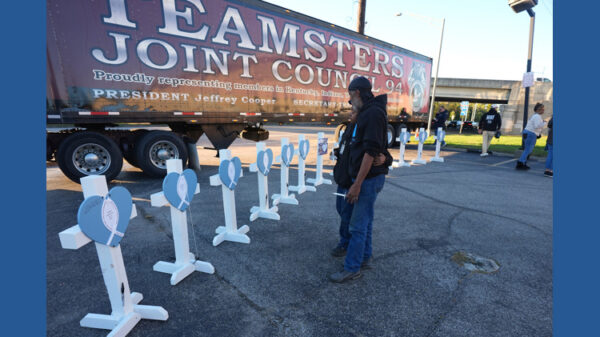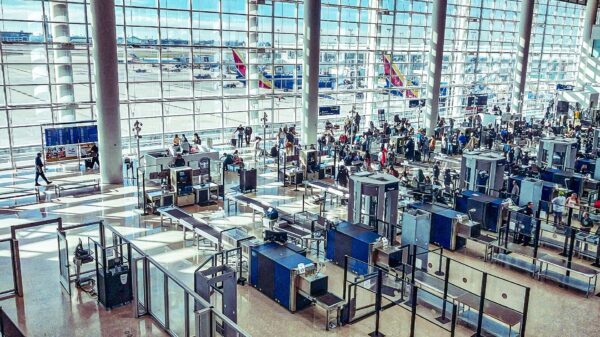A federal appeals court has ruled that a significant portion of the tariffs imposed by former President Donald Trump under the International Emergency Economic Powers Act (IEEPA) are illegal. The decision, issued by the U.S. Court of Appeals for the Federal Circuit, concluded that Trump overstepped his authority by invoking emergency powers to implement broad tariffs on imports from nearly all countries, including key allies like Canada and the European Union. This ruling could have far-reaching implications for U.S. trade policy.
The court found that the IEEPA, intended for genuine national emergencies, does not allow the president to impose extensive trade barriers without adequate justification. Although the ruling has been issued, the enforcement is stayed until October 14, 2025, enabling the administration to appeal to the Supreme Court. This temporary hold means businesses will continue to face heightened import costs, often passed onto consumers.
Background of the Legal Challenge
The case originated from challenges by importers and trade groups who argued that Trump’s declaration of a national emergency due to trade deficits in 2025 was an abuse of power. In response to the ruling, Trump accused the court of political bias, intensifying the debate over what he deems essential protections for American workers. The tariffs encompass a wide range of goods, including electronics and machinery. The White House justified these measures as necessary to combat unfair trade practices and enhance national security.
Critics, including economists, have pointed to the detrimental effects of tariffs, which effectively act as taxes on U.S. importers. A study by the Tax Foundation estimates that these tariffs equate to an average tax increase of nearly $1,300 per U.S. household in 2025, contributing to inflation and disrupting supply chains.
Economic Impact and Future Considerations
The uncertainty surrounding these tariffs has significant implications for global trade, particularly in sectors such as technology and manufacturing that rely on imported components. Should the Supreme Court uphold the appeals court’s ruling, businesses could experience cost reductions, potentially revitalizing international trade relations. However, the administration’s appeal strategy will likely emphasize that trade deficits pose an existential threat, a viewpoint many experts consider economically flawed.
While Trump’s administration maintains that the tariffs promote domestic manufacturing, the ruling does not affect tariffs imposed under other statutes like Section 232 or Section 301, which target specific national security concerns or unfair practices, such as those on steel and Chinese goods.
Industry leaders in sectors like automotive and consumer electronics are closely monitoring developments, with some already diversifying their supply chains to mitigate risks. As Reuters reports, the continued existence of tariffs during the appeal creates anxiety for firms attempting to plan long-term strategies. A Supreme Court ruling could arrive as early as late 2025, potentially establishing new precedents regarding executive authority in trade matters.
This case highlights the ongoing tensions between presidential powers and legislative oversight, with ramifications extending beyond tariffs to how future administrations handle economic emergencies. For now, the global trade community awaits the outcome, balancing hopes for deregulation against the current administration’s protectionist policies.





































































